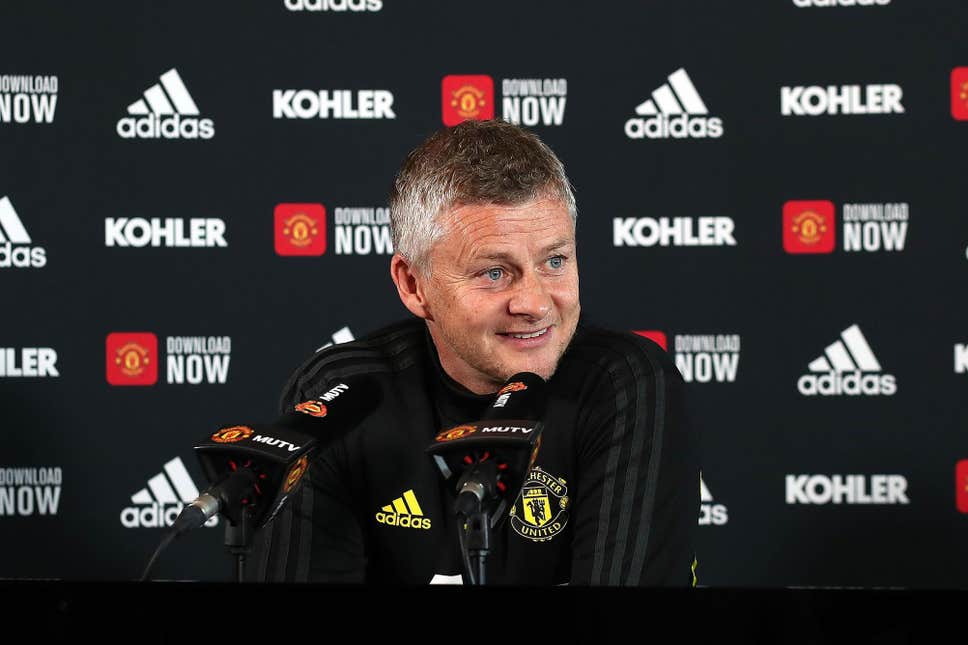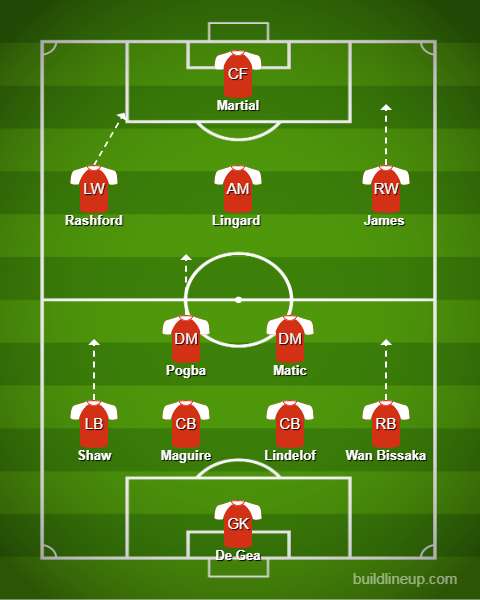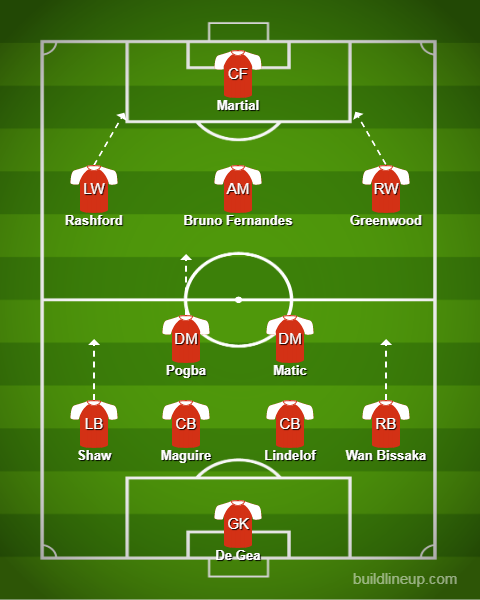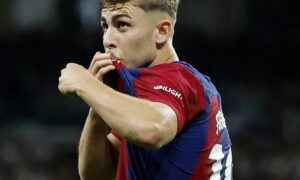Ole Gunnar Solskjaer was appointed as the interim manager of Manchester United in December 2018. His appointment came after a 3-0 defeat at the hands of Liverpool, and the then-manager Jose Mourinho was sacked. Mourinho reportedly fell-out with the dressing room and the players didn’t like his tactics and style of gameplay anymore.
Solskjaer’s appointment as interim manager led to huge uproars, because of his previous managerial experiences. He had prior experience in the Premier League, with Cardiff City, who got relegated while Ole was their manager. Solskjaer was an ex-United player and had earned his coaching badges at United having previously worked with the likes of Pogba.

His arrival came as a breath of fresh air, as players were finally happy with the happenings in the club. Solskjaer knew “the United way” and allowed his players to enjoy and express themselves on the pitch. Under him, Manchester United played fluidic attacking football, which reaped results and pleased the fans as well.
Solskjaer had a dream start to his managerial stint at United, winning 14 games out of 19. Unsurprisingly, he had also instilled the self-belief in players, and United transformed into a free-scoring side. In the 19 games, the Red Devils scored a whopping 40 goals ensuring a 74% win percentage.
Let us have a look at how Manchester United lined up for Ole Gunnar Solskjaer as caretaker manager.

As the caretaker boss of Manchester United Solskjaer used an attacking 4-3-3 formation in the Premier League. This formation allowed Paul Pogba to play further up the pitch, which Mourinho never allowed him to. In return to the manager’s confidence, Pogba responded by being the club’s highest scorer in all competitions last season.
Ander Herrera played as a box-to-box midfielder and took the load off Pogba to do it all. Matic played as the holding midfielder and was often used to screen the defence and also allowed Pogba to stay up-top. The full-backs were allowed to bump forward, but only one at a time, retaining the four at the back shape.

Rashford was used as the central striker and the pace of Martial, Lukaku or Lingard was used on the wings. With Pogba’s precise and penetrative passing, the United forwards thrived on the break in the counter-attack.
Solksjaer seemed to build the team around Paul Pogba and the French midfielder obliged. Pogba was also the only player to feature in the Premier League player of the year, outside the top two sides.
This season Solskjaer has rather used a 4-2-3-1 formation, with Pogba dropping in the double pivot behind the No.10 position. This has enabled Solskjaer to use Pogba’s passing range with huge effect as he can create the play from deep. He also played Martial as the central striker with Rashford on the left-wing.

The problem with this turned out to be the No.10 position, as Lingard and Pereira didn’t possess the elusive final ball. After Pogba’s injury, Manchester United craved for creativity from the midfield as none of the midfielders was potent in the final third. This meant that the Red Devils played poorly against any side that was set up to sit deep and defend.
But with the addition of the January signing Bruno Fernandes, the Red Devils have forgotten about their midfield woes. Fernandes is an experienced attacking midfielder who has the quality to create chances and has the knack of scoring goals. Since his arrival he has played nine games, scoring six goals and providing five more in that time.
After the restart, Manchester United have lined up in such a manner.

This is very similar to what Solksjaer used when he first came to United as the caretaker manager. The only difference being Pogba is used as the box-to-box midfielder and Bruno plays as the attacking midfielder. The partnership between the two has been magical, to say the least, and both have thrived with each other’s quality.
The full-backs play much more forward up the pitch than they used to because of Matic’s positional awareness. The front three are free-flowing and constantly swap positions to make United much more unpredictable and lethal. The defence has been improved as Maguire and Lindelof have developed to be a good centre-back pairing.
As on date, Manchester United are on a 16-match unbeaten streak in all competitions, and it’s all down to the manager. Solskjaer has changed his tactics and formations when required and in turn, United have done well to get him his much-deserved praise.
ALSO READ – Ole Gunnar Solskjaer – A boy from Norway turning into Manchester United Legend







